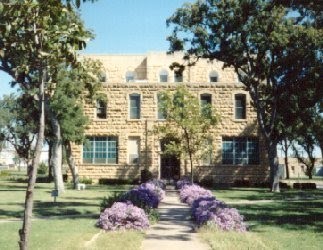A Way To Reduce Rural Migration – Maybe – Part 1

For years people have been searching for a way to reduce rural migration patterns. The reason for this is clear, there is a real problem of population loss in rural Texas and rural America. This population loss has both short and long term consequences for everyone.
Why? Because the population difference between urban and rural communities has grown. In 1980 approximately 20% of the State of Texas lived in rural areas. By 2019, that percentage had dropped to approximately 11%. (USDA, 2020)
It is a national problem evidenced by the fact that in 2019, the rural population of the United States stood at approximately 57.8 million. At the same time there were approximately 271.73 million living in urban areas. (Statista, 2020). The problem is not limited to a simple head count, a 2018 report by Pew Research points out how rural communities generally have an older population. As a result there is less economic opportunity. Health care suffers due to restricted access. There is also less access to technology, and fewer educational opportunities. (Mitchell, 2018). The question becomes what influences an individual’s judgment when they are in the process of deciding where to reside. Is it possible to change their beliefs?
Individuals will change their beliefs or behaviors when they are more confident in the source of the message rather than in themselves or their preconceptions. (Jaccard, 1981) Why people seemingly prefer urban communities to rural ones, we must understand the physical realities of life in a rural community. The digital divide, which is the availability of technology such as broadband internet access, is also barrier.
If rural communities have increased access to modern technology, is there a way to persuade young people to continue their education locally? We need to study the current condition of teacher retention in school districts to determine if it is possible to maintain consistently qualified teachers. Can we make certain that the state of health care is viable. One area to study is if increased access to tele-health provides enough of a solution to entice people to either stay or move back into rural communities. What types of economic engines currently work in rural communities and is there a way to persuade people that a viable future in a rural environment exists?
In addition to actual physical impediments faced by rural community residents, there are also issues of perception of both rural life and rural individuals. A certain negative image exists of rural life. The rare articles that discuss the charm of rural life are often offset by a negative narrative of an area. (Philanthropy News Digest, 2003) Is it possible to alter those perceptions, or have personal beliefs and judgements been hardened to the point where many are immovable? These articles ask when attempting to influence the social judgement of a population, are there factors that might have more of an affect than others might?
To be continued….
